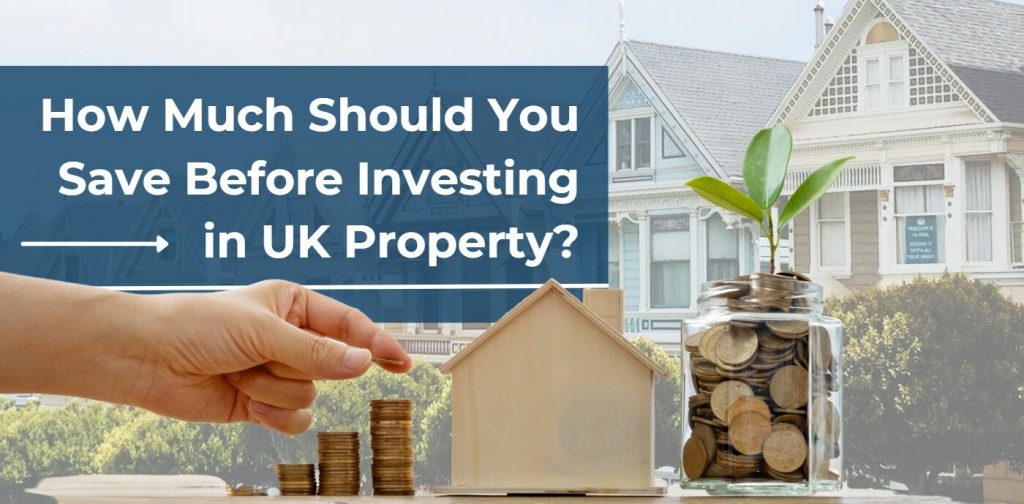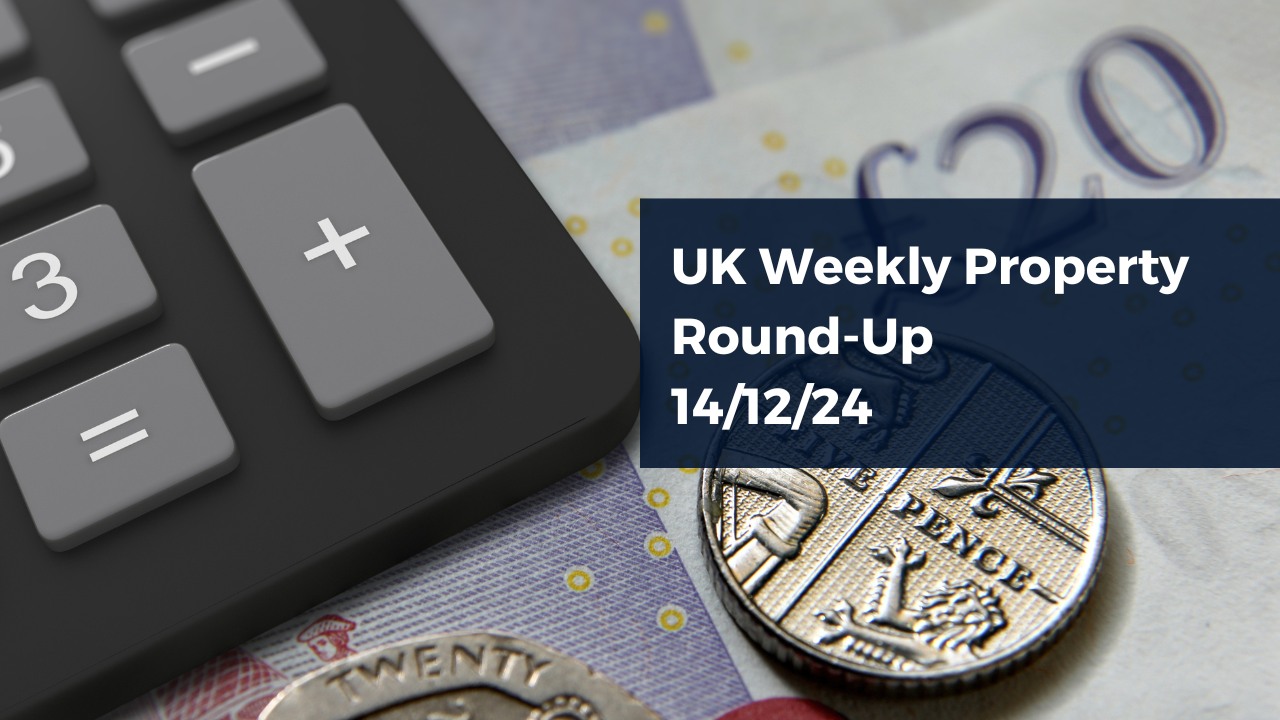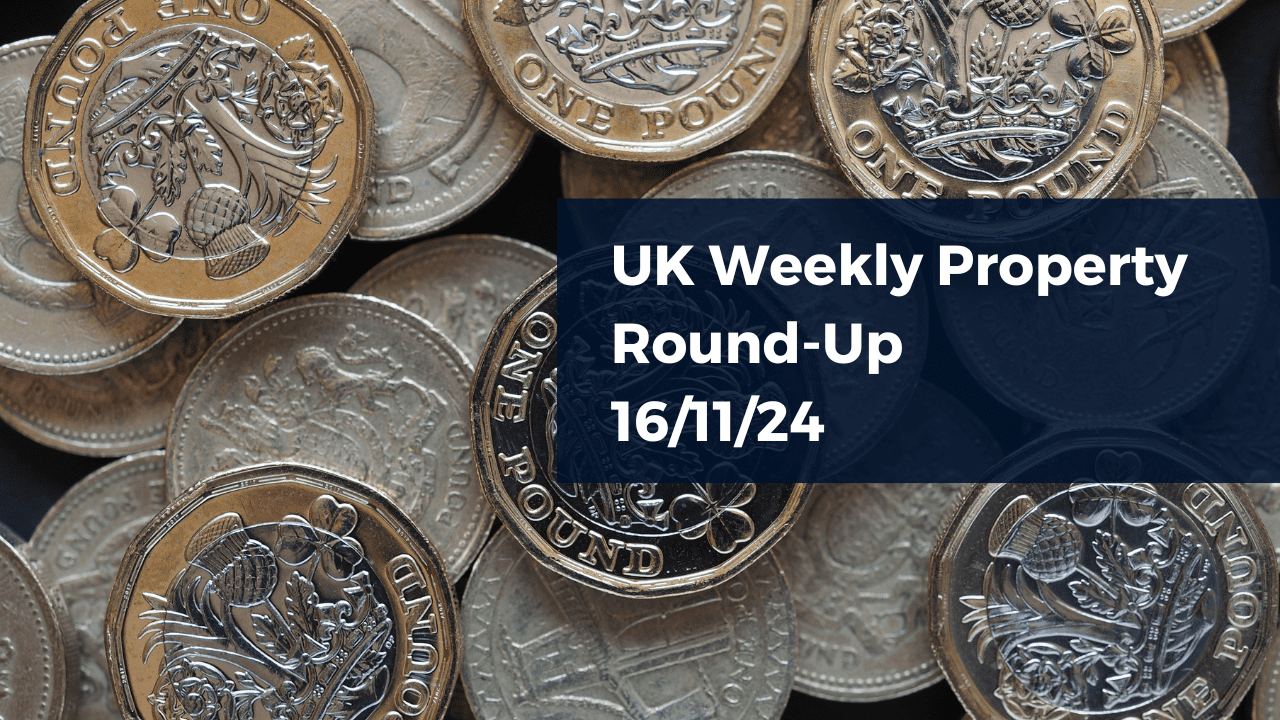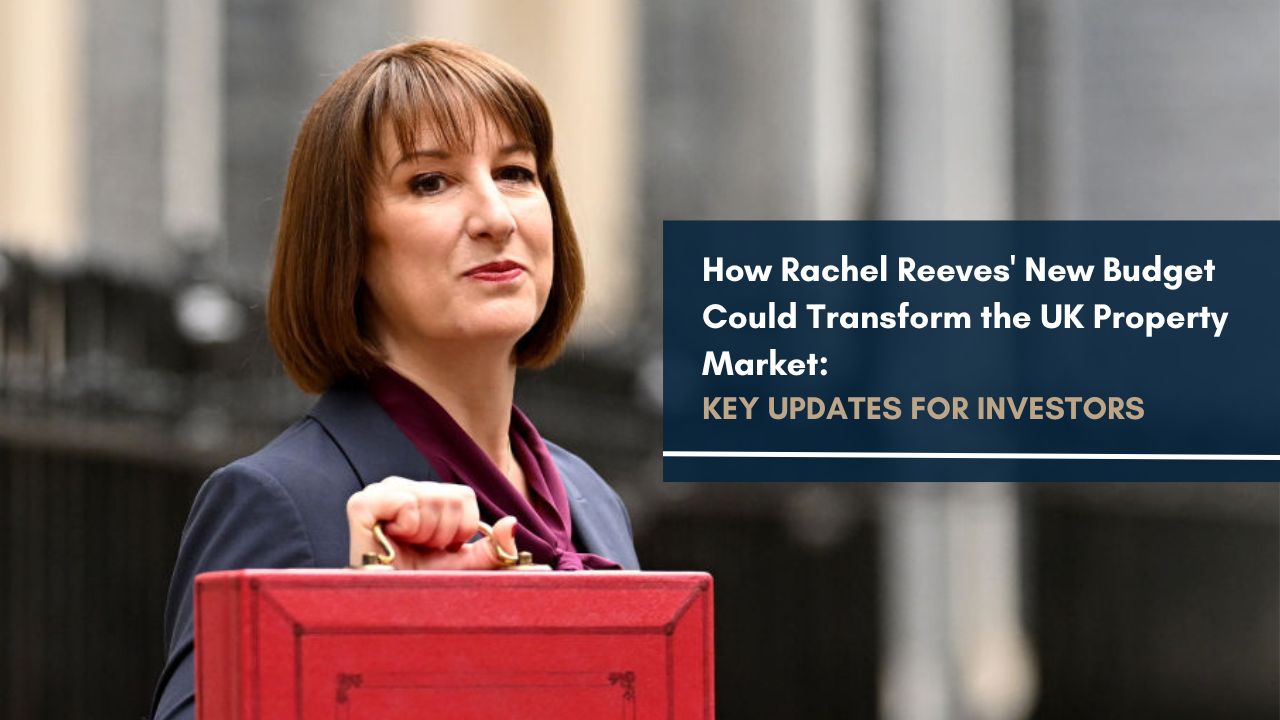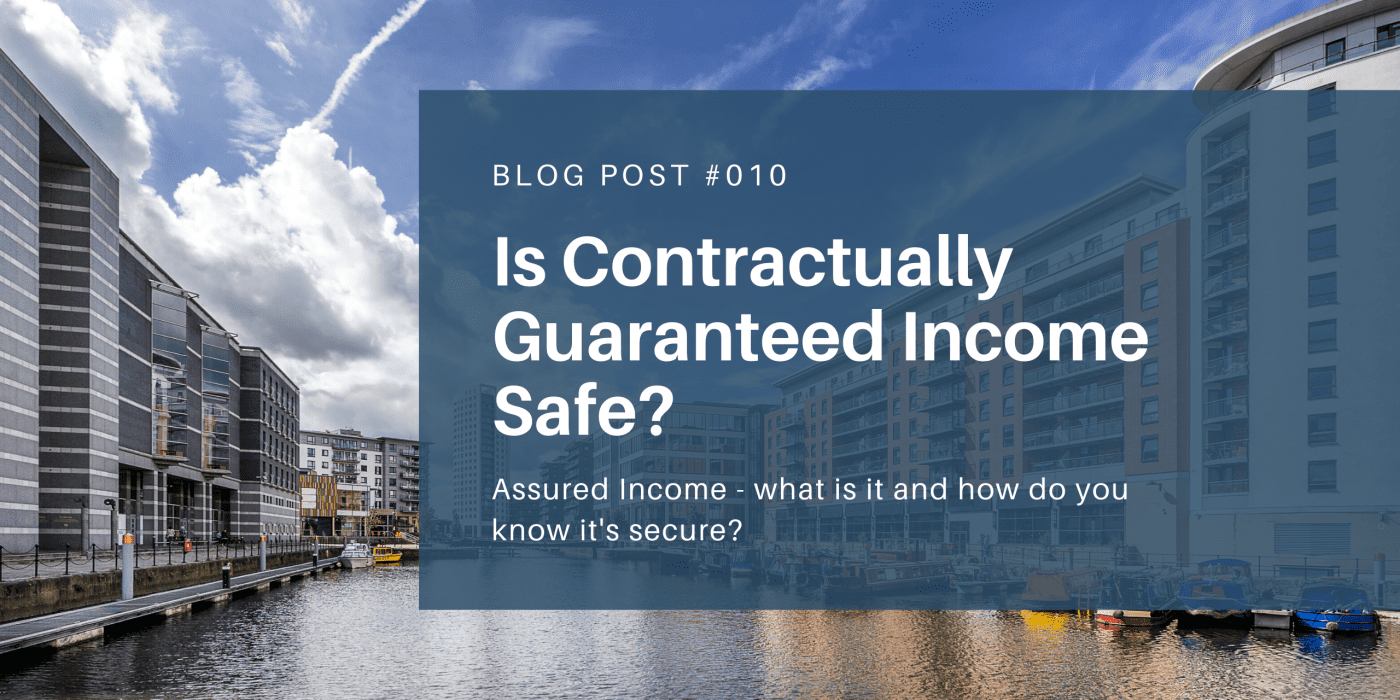If you’re considering investing in UK property, one of the first questions you’re likely to ask is, “How much should I save before I start investing?” The answer to this question can vary greatly depending on your personal financial situation, the type of property you’re interested in, and the location of the property. However, understanding the various costs involved can help you form a clearer picture of the financial commitment required.
Understanding the Costs

Before diving into property investment, you should understand the costs involved. These are not limited to the purchase price of the property alone, and include:
1. Save a Deposit:
For investment properties, you typically need a deposit of 25-30% of the property’s purchase price. For instance, for a property worth £200,000, you would need a deposit of £50,000 – £60,000.
2. Stamp Duty Land Tax (SDLT):
When buying a property in the UK, you are required to pay a tax known as Stamp Duty Land Tax. For residential properties worth over £125,000, the rate varies between 2% to 12%, with an additional 3% surcharge for additional properties. Want to know more about stamp duty for property investors? Check out our guide: How Much Is Stamp Duty On a Buy To Let Property?
3. Legal and Survey Fees:
It’s crucial to have a solicitor or conveyancer handle the legal paperwork. Their fees can range from £850 to £1,500. Additionally, a property survey, which assesses the condition of the property, can cost between £250 and £600.
4. Mortgage Costs:
If you’re using a mortgage to fund your property purchase, you’ll have to factor in arrangement fees, which can be up to 2% of the loan amount, and possibly mortgage valuation fees.
Although it is an added cost, many people find that hiring a mortgage broker can help to save money on their mortgage in the long-run as a broker will work hard to find you the best deal, including off-market offers that are not available directly from lenders.
5. Renovation and Maintenance Costs:
If the property needs work, you’ll need to budget for renovation costs. Plus, as a landlord, you’ll be responsible for ongoing maintenance costs.
6. Insurance:
Landlord insurance is a must-have, and the cost varies depending on the property and coverage level.
7. Letting Agent Fees:
If you choose to use a letting agent to manage the property, you will typically pay between 10-15% of the monthly rent.
This added cost of hiring a letting agent is well-offset against the many ways an agency can help you save on time, effort and energy
Setting Your Savings Goal

After understanding the potential costs involved, you can set a savings goal. Remember, the more substantial your savings, the less you’ll need to borrow, and the lower your monthly mortgage payments will be. You should aim to save at least enough to cover the deposit, SDLT, legal and survey fees, and have some extra funds set aside for unexpected costs or periods when the property might be vacant.
The exact amount you should save will depend on your circumstances, but as a guideline, you might aim for approximately 30% of the property’s purchase price plus a buffer for additional expenses.
Conclusion
Investing in UK property can be a lucrative endeavour, but it requires careful planning and financial preparedness. Ensure you have a solid understanding of all the associated costs, and remember that it’s always better to overestimate your expenses than underestimate. With careful planning and budgeting, you’ll be well on your way to kickstarting your property investment journey.


